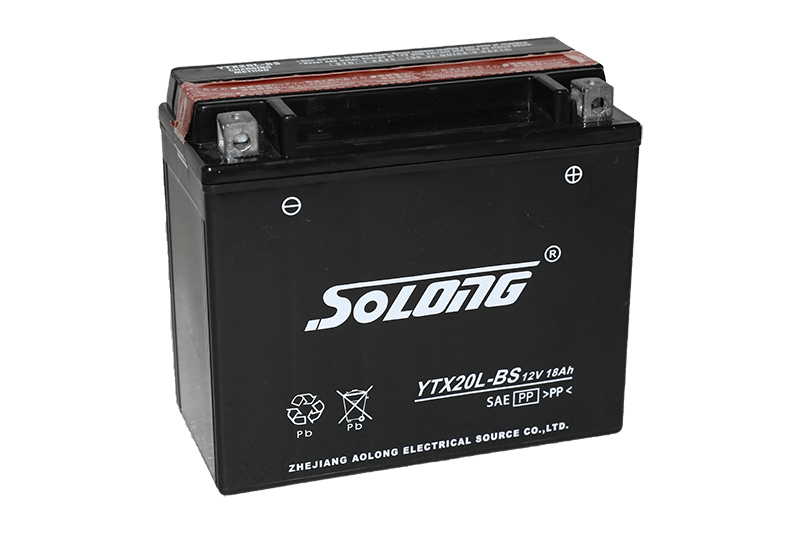

Maintenance-free battery, no need to add liquid: due to […]
Maintenance-free battery, no need to add liquid: due to its own structural advantages, the maintenance-free battery consumes very little electrolyte, and basically does not need to replenish distilled water within its service life. It also has the characteristics of shock resistance, high temperature resistance, small size and small self-discharge. The service life is generally twice that of ordinary batteries. There are also two types of maintenance-free batteries on the market: the first type requires no maintenance (adding supplementary liquid) after adding electrolyte at the time of purchase; the other type is that the battery itself has been filled with electrolyte and sealed when it leaves the factory. , the user cannot add refill at all.

Difference: Traditional liquid-filled batteries are made of lead-antimony alloy, while maintenance-free batteries are made of lead-calcium alloy. The former uses antimony and the latter uses calcium. This is the fundamental difference between the two. Different materials will produce different phenomena: traditional liquid-filled batteries will lose liquid during use, this is because the antimony on the grid will pollute the spongy pure lead on the negative plate, weakening the capacity of the battery after it is fully charged. The counter electromotive force of the battery causes excessive decomposition of water, and a large amount of oxygen and hydrogen escape from the positive and negative plates respectively, reducing the electrolyte. Replacing antimony with calcium can change the back electromotive force of the fully charged battery, reduce the overcharge current, and reduce the gasification speed of the liquid, thereby reducing the loss of the electrolyte.